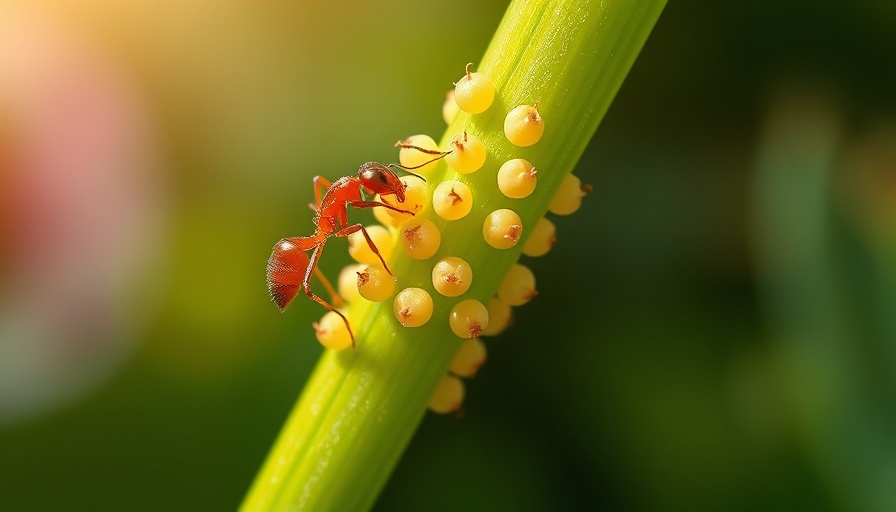
Understanding Ant Species and Their Intrusion
Ants may be small, but their impact on our homes can be monumental. With over 12,400 species worldwide, including 270 in California alone, these persistent insects often invade homes seeking food and shelter. The most common culprits are the Argentine ant and the carpenter ant. While Argentine ants thrive on sweet substances, carpenter ants can cause substantial damage by hollowing out damp wood. Understanding the specific species infiltrating your home is crucial, as it dictates the best strategies for management and control.
Prevention Starts at Home: Keeping Ants Out
Before ants take over your pantry, prevention is key. First, maintain strict cleanliness in your kitchen and dining areas. Regularly wipe surfaces, seal food in airtight containers, and dispose of garbage promptly to eliminate appealing foods. Additionally, inspect your home thoroughly for cracks or openings. Seal potential points of entry with caulk or weatherstripping to create a barricade against these uninvited guests. Remember, even tiny gaps can serve as highways for ants.
Effective Strategies to Combat Ant Infestations
Once ants are inside, the battle becomes more complex. The effective use of bait stations can turn the tides against them. These slow-acting pesticides are not just intended to kill visible ants; they target entire colonies by allowing scouts to take bait back to their nests, effectively disrupting reproduction cycles. It’s important to place bait stations in areas where you’ve noticed ant activity, ensuring they can adequately do their job.
Natural and DIY Solutions: Friendly Pest Control
For those who prefer eco-friendly options, several natural deterrents can help control ant populations. Essential oils, such as peppermint or tea tree oil, mixed with water, can be sprayed around entry points. Other household items like vinegar or lemon juice can mask chemical trails left by ants, naturally discouraging their return. Moreover, diatomaceous earth provides an insect-friendly way to eliminate ants, causing death through dehydration without toxic chemicals.
Monitoring and Maintaining Control
Even after implementing preventive measures, ongoing monitoring is crucial. Regular inspections help maintain the integrity of your barriers, and watching for any signs of ant activity ensures that you can swiftly address any new incursions. If your efforts don’t seem to be working, it may be time to consult with pest control experts who can provide tailored solutions.
The Community Aspect of Pest Control
Ant invasions can be a common issue in neighborhoods, indicating that proactive community action can be effective. By sharing knowledge and solutions locally, communities can combine efforts to manage these infestations. Consider joining local gardening groups that focus on sustainable practices and pest control; many offer workshops on eliminating pests organically and can provide insights on maintaining a pest-free environment.
Conclusion: A Home Free from Ants
With these strategies, you can take charge of your home and manage ant populations both inside and out. Whether through maintaining cleanliness, sealing entry points, or utilizing natural deterrents, you can create an environment that is inhospitable to ants. If you find yourself still struggling against these persistent pests, consulting with a professional can offer peace of mind, ensuring your home remains your sanctuary. Don’t let ants control your space; take action today for an ant-free tomorrow!
 Add Row
Add Row  Add
Add 




 Add Row
Add Row  Add
Add 

Write A Comment